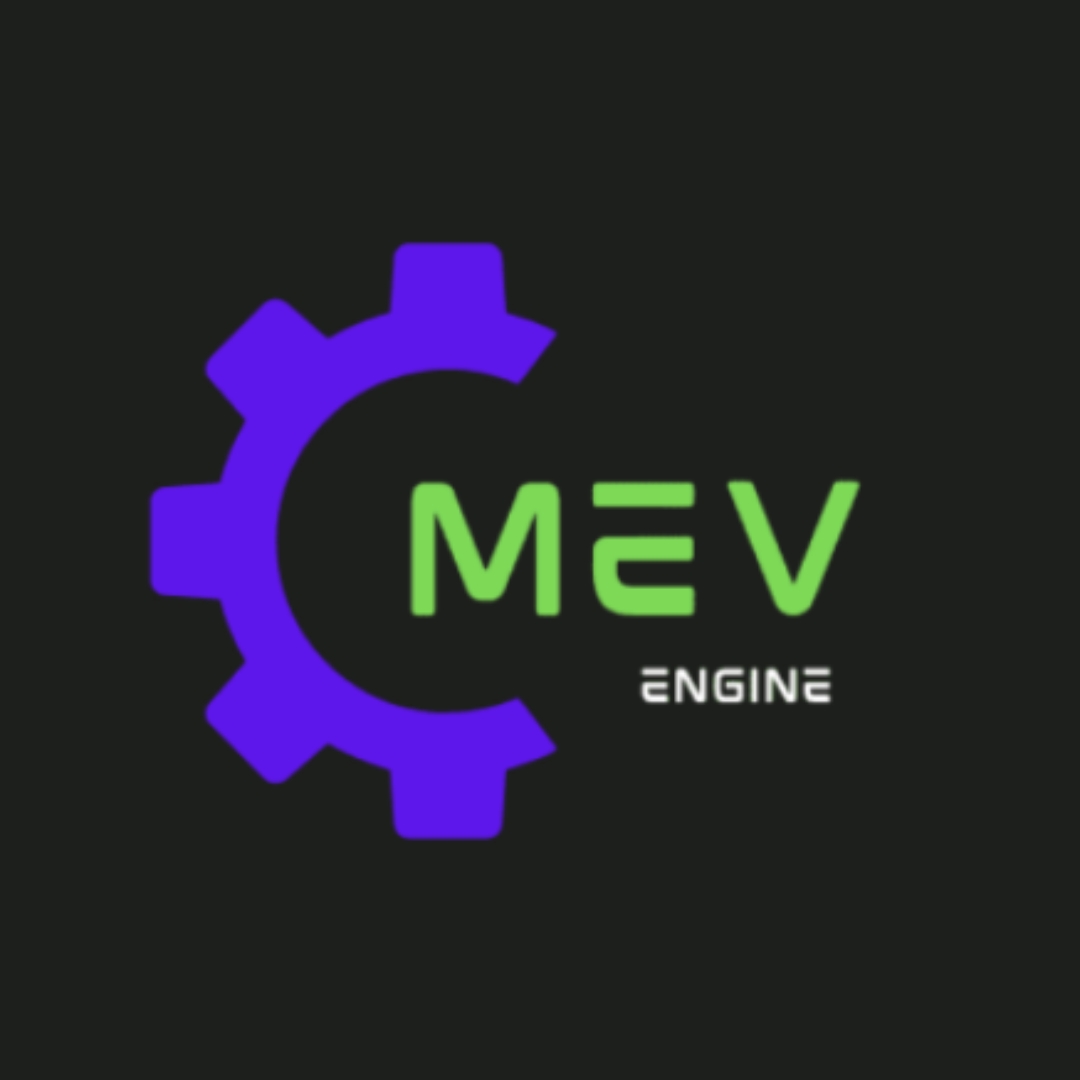In an era where Digitalisation has permeated every aspect of our lives, the term “blockchain” has become a buzzword that frequently surfaces in conversations about technology, finance, and innovation. While it may seem like a complex and mysterious concept at first glance, blockchain technology is not as arcane as it appears. In this beginner’s guide, we will demystify blockchain, breaking down its fundamentals and exploring its real-world applications.
What Is Blockchain?
At its core, blockchain is a decentralized digital ledger that records transactions across multiple computers. Unlike traditional databases that are centralized and controlled by a single entity, blockchain operates on a distributed ledger system. This means that copies of the same ledger are stored on numerous computers (nodes) connected to the network, ensuring transparency and security.
Each block in the blockchain contains a batch of transactions, and these blocks are linked together in chronological order, forming a chain. This linkage is what gives blockchain its name. Once a block is added to the chain, it cannot be altered or deleted, ensuring the immutability of the ledger.
**Key Features of Blockchain**
1. Decentralisation: As mentioned earlier, blockchain operates without a central authority. This makes it resistant to censorship and tampering, as there is no single point of control.
2. Transparency: Every transaction recorded on the blockchain is visible to all participants in the network. This transparency fosters trust and accountability.
3. Security: The cryptographic nature of blockchain ensures that once a transaction is added to the ledger, it is nearly impossible to alter or manipulate. This makes blockchain highly secure against fraud and hacking.
4. Consensus Mechanisms: Blockchains rely on Consensus mechanisms to Validate Transactions and Add them to the ledger. Common Mechanisms include proof of work [ POW] and Proof of Stake [ POS ]
Cryptocurrencies and Blockchain
Blockchain technology gained worldwide recognition primarily through the advent of cryptocurrencies, with Bitcoin being the first and most famous example. Bitcoin introduced the concept of a digital currency that operates on a blockchain, enabling peer-to-peer transactions without the need for intermediaries like banks. Here’s how it works:
When someone initiates a Bitcoin transaction, it is broadcast to the Bitcoin network. Miners, who are participants in the network with specialized hardware, compete to solve complex mathematical puzzles to validate and record the transaction in a new block. Once a miner successfully adds a block to the chain, they are rewarded with newly created Bitcoins and transaction fees.
This process not only secures the Bitcoin network but also ensures the creation of new blocks at a regular pace. Bitcoin’s blockchain has a built-in scarcity mechanism, with a capped supply of 21 million Bitcoins, making it a deflationary digital asset.
Beyond Cryptocurrencies: Real-World Applications of Blockchain
While cryptocurrencies have been the most prominent use case for blockchain technology, their potential applications extend far beyond digital money. Here are some real-world applications of blockchain:
1. Supply Chain Management: Blockchain can provide transparency and traceability in supply chains, helping to prevent fraud and ensure the authenticity of products.
2. Healthcare: Patient records can be securely stored on a blockchain, allowing for easy access by authorized parties while maintaining privacy and security.
3. Voting Systems: Blockchain can be used to build secure and tamper-resistant electronic voting systems, increasing transparency in elections.
4. Smart Contracts: These self-executing contracts automatically enforce the terms and conditions of an agreement when predefined conditions are met, reducing the need for intermediaries in legal agreements.
5. Tokenization of Assets: Real-world assets like real estate or art can be represented as tokens on a blockchain, making them easier to trade and fractionalize.
6. Cross-Border Payments: Blockchain can streamline and reduce the cost of cross-border transactions by eliminating intermediaries and currency conversion fees.
7. Identity Verification: Blockchain can provide individuals with control over their digital identities, reducing the risk of identity theft and fraud.
8. Energy Trading: Peer-to-peer energy trading platforms use blockchain to enable individuals and organizations to buy and sell excess renewable energy directly.
Challenges and Future Prospects
While blockchain technology offers immense promise, it is not without its challenges. Issues like scalability, energy consumption (in the case of PoW blockchains), and regulatory hurdles need to be addressed. However, ongoing research and development efforts are continuously improving blockchain’s efficiency and security.
The future of blockchain technology holds exciting possibilities. As the technology matures and finds broader adoption, we can expect to see innovative solutions in various industries, transforming the way we conduct business and interact in the digital world.
Conclusion
Blockchain technology is a powerful and transformative force that has the potential to revolutionize numerous industries beyond cryptocurrencies. While its underlying concepts may seem complex, at its core, blockchain is a decentralized and transparent ledger that enhances security, trust, and efficiency in various applications.
As you embark on your journey into the world of blockchain, remember that this is just the beginning. The technology is evolving rapidly, and its full potential is yet to be realized. Whether you’re interested in cryptocurrencies, supply chain management, or smart contracts, understanding the fundamentals of blockchain is a crucial first step toward harnessing its capabilities and participating in the digital revolution.
Claim 20% Discount While you deploy a Powerful Mevengine Trading bot, Click Here

